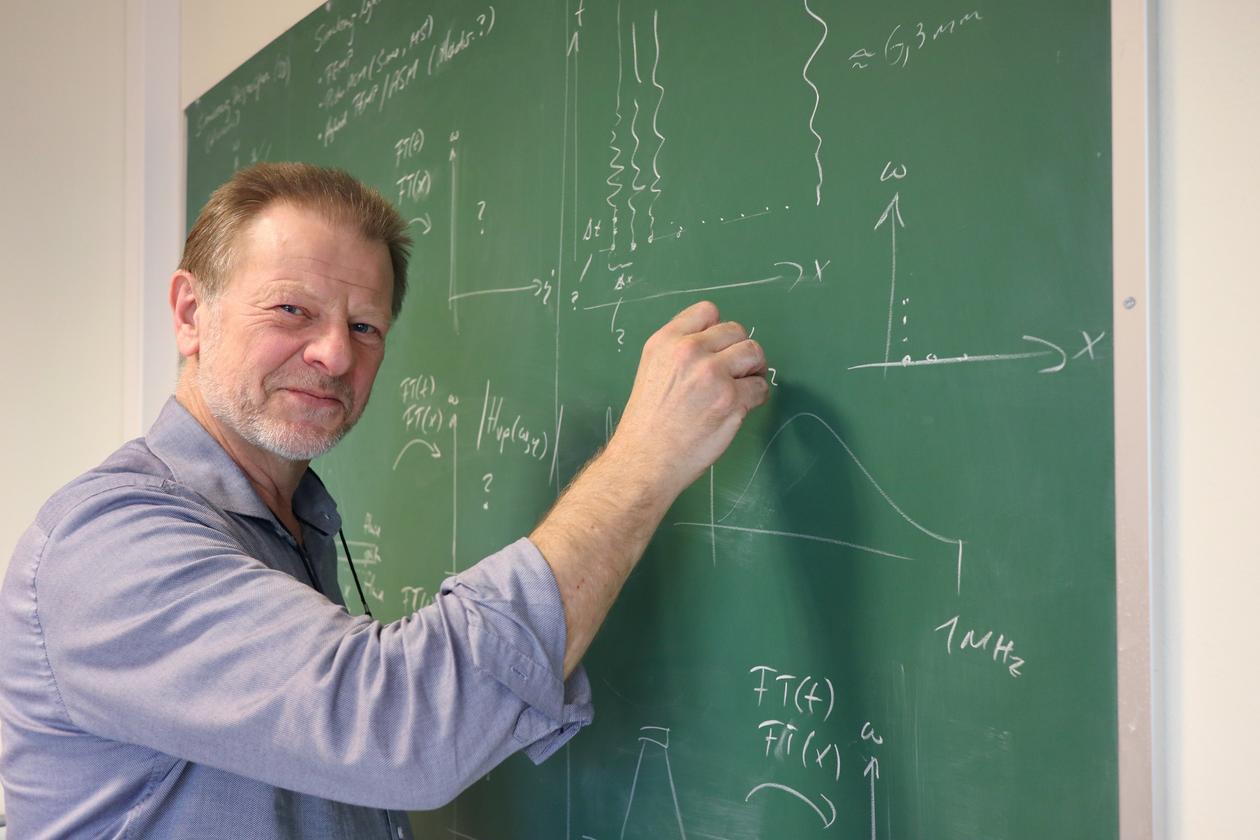Creating a smarter ocean
The ocean industries have the potential to double their economic growth in the next ten years. Meanwhile, the health of the oceans is at stake. SFI Smart Ocean plan to create an ocean observation system which will sustainably ensure economic growth.

Main content
In its rapport “The Ocean Economy in 2030”, The Organisation for Economic Co-operation and Development (OECD) suggests that the ocean industries have the potential to double their economic growth in the next ten years. At the same time, the health of world oceans is at stake, locally and on a global scale.
The SFI Smart Ocean initiative aims to create a flexible, robust, energy efficient, and cost-effective smart sensor network platform, for marine measurements and data handling. The platform will contribute in fulfilling the potential of the ocean industries, sustainably.
“The world needs an improved monitoring of our oceans, enabling us to make well informed decisions based on facts,” says Per Lunde, Professor at the University of Bergen.

Professor Per Lunde.
In collaboration with a consortium consisting of research partners, industry and public administration user partners as well as industry clusters, he aims to create a sensor network platform suitable for both marine measurements and data processing. The sensors will provide information that will tell us how to steward life below water, resources and operations.
“The network platform has to be both flexible, robust and energy- and cost-efficient,” the Professor says.
A wireless ocean
In many cases, the networks may replace cabled networks with wireless internet, on the ocean floor. This will greatly reduce costs, since cabled networks are more expensive to both establish and maintain, as well as offering considerably less flexibility. In practice, cables will only be used in places with an existing infrastructure, which means a small number of places in the proximity of certain underwater installations.
“Cables that are moving are quick to be worn out in the ocean, making breaches a factor. A cable free and wireless monitoring of structures can entail large possibilities for the offshore wind industry,” says Lunde.
SFI Smart Ocean’s main goal is creating an “Internet of Things” below water, where several units in an underwater network “converse”, transmitting information via a buoy on the surface to control rooms and data-bases.
Providing reliable information on the status and changes of “Ocean Health” both locally and globally, demands measurements of critical oceanographic parameters over time; for ocean areas, coastal areas, fjords, harbours and industrial plants.
The oil and gas industries aim to build autonomous subsea production facilities which are zero-emission. This requires a network consisting of stationary sensors, monitoring structures and processes, situated in critical locations and installations. The network must be able to signal the alarm in case anything goes wrong.
Cheaper and risk-free
The Smart Ocean system especially focusses on user groups within three main areas:
- Marine environment
- Ocean industries, mainly offshore wind, the petrol industry and aquaculture
- Society and government administration
Digitalisation has come a long way in many industries, explains Lunde, adding that the mareine industries have an opportunity to profit greatly through an Internet of things below water. Autonomous operations and remote observation can cut both costs and risks.
“However, some of the building blocks are still needed to reach the full potential. It is far more complicated to establish an Internet of things below water than what we are used to through mobile technology and wireless communication in our daily lives. SFI Smart Ocean aims to create these last building blocks, providing the marine industries, research and the administrative branch with the tools they need,” the Professor says.
Key components of the planned technology platform are specially made measuring strategies, evaluation of data quality, new measuring technologies, smart sensorsand underwater wireless communication. Also planned are smart sensor networks that are able to “talk over each other” without misunderstandings, as well as systems ensuring flexible and secure data management. Measurements over time, placed in the ocean and on installations, will sound the alarm should sensors signal that there is danger afoot, before anything goes wrong.
Large national contribution
The consortium behind the project consist of both industry- and research partners as well as governmental authorities. A wide range of members will ensure results, Lunde thinks.
“The end users are vital to the project. They are the ones that will use these systems in the end,” he says.
Lunde thinks SFI Smart Ocean will play in important role for the Norwegian nation, creating mew markets and new jobs, making the country’s trade and industry able to compete internationally. The transfer of knowledge and competence from Norwegian petro-industries, fishing and maricultural industry and research environments, will contribute to a necessary reorganization of Norwegian business, for example from the petroleum industries to other ocean related industries.